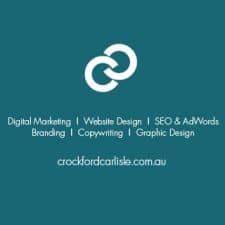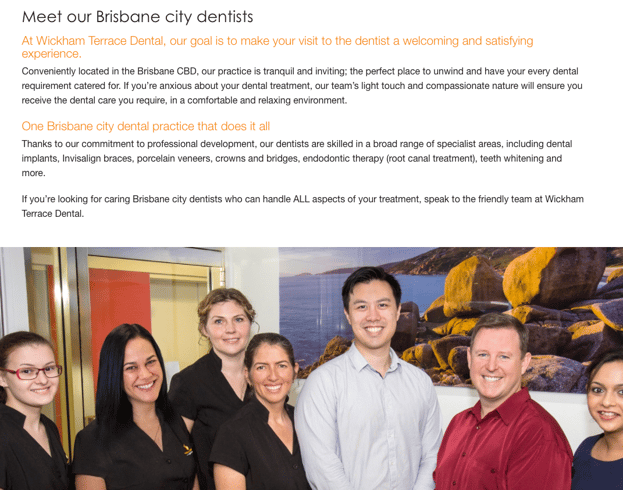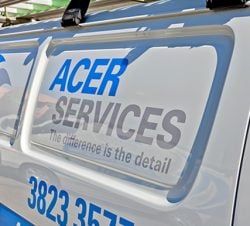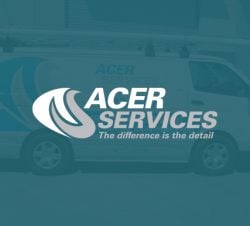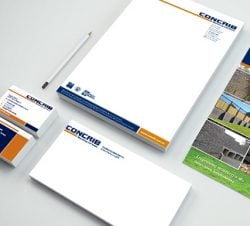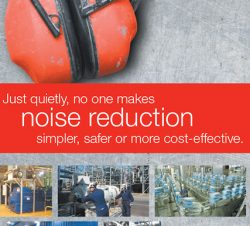And the eight things your business needs to do to achieve them
In the early days of digital marketing, it used to be that your website home page was the beginning of the journey.
It was where people landed. It was the main gateway into your site. SEO-wise, it used to be a ‘catch-all’, containing a wide range of keywords to try and cover all your products and services.
But those days are gone.
Today, Google wants to deliver relevance. While it MAY serve up a website home page in the search results, it will look for better options when they are available — and give them a higher place in the rankings.
It looks for the:
- Specific page within your website that has the
- Specific content that is
- Relevant for that specific key word that
- A person is using for their search.
In many (many!) cases, that will not be your home page. It will be a blog article. Or a product/service page. Or a specifications page.
And that presents a new challenge for SEO or Search Engine Optimisation.
What should you do for SEO with your home page?
Do you do anything?
There is even some debate (this article at Yoast for example) as to whether homepage SEO even exists any more.
Yoast suggests that you shouldn’t even try to rank your homepage, and to not bother setting a focus keyword.
They may have a point.
But there is more to the story than meets the eye. And our digital marketing team here at Crockford Carlisle has a different take on it.
Although it’s quite possibly futile to try and rank for just one keyword, this doesn’t mean that you should throw in the towel and give up on optimising your homepage.
You must do it slightly differently, with a different purpose in mind — or you could be missing out on a lot of high-quality traffic.
The goal of SEO on your home page
Assuming you have a range of products or services, you want to be found for a range of long tail keyword searches.
Clearly, you can’t do all of this on your home page.
If you try to spread the focus of your home page across ALL your products and services, it will be done poorly.
And it will likely rank for NONE of them.
Donald Trump would talk about you in a tweet, using the words ‘so sad’.
So, unlike your product or service pages, the purpose of your SEO-friendly home page is to send a signal to Google about the overarching theme of what you do, as a central hub for all your other pages.
Three things you need to have an SEO-friendly home page
As always with SEO, the first thing you need to think about is the user experience on your website. Always.
If you first make it work for people, it will most likely work for Google.
You should have three main goals when constructing your homepage:
- Explain to human visitors and to Google what your company/product does — this is the overall theme of your site.
- Make it easy to navigate into the site. Helping visitors find what they need is a critical aspect of SEO.
- Answer key questions visitors will have, and reassure them about the quality and integrity of your product/service – do this through rich content and social proof.
Doing these three things is good for your potential customers and good for Google. There is no trickery. No sneaky ‘Black Hat’ SEO work. It is the logical, common-sense approach to take.
How to accomplish best-practice SEO for your home page
Every business is different, so we can’t go into specifics. But we can give you eight ‘big picture’ principles that you need to keep in mind.
If you include as many of these elements as you can, your homepage should be fairly SEO friendly and positioned for success.
1. Include a logo and navigation
We’ll through this first one quickly as it’s self-explanatory.
You obviously want to include your logo because it reinforces your brand identity.
As for your navigation, you want to make all the major sections of your site easy to see and access.
One way to do this is to use what we call a ‘mega menu’, like this one:
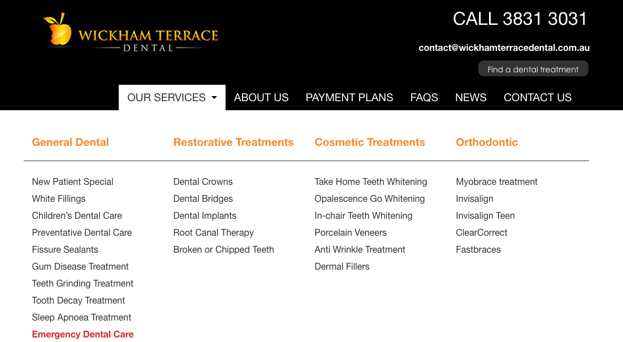
This allows visitors to quickly find what they’re looking for, and lets Google understand the overarching theme of both your site and brand.
You must also keep mobile navigation in mind. At the very least, the menu system needs to be responsive, adjusting to a ‘hamburger’ menu on smaller screens, like this:

2. Explain what your business does
This one is VERY important.
You need to clearly and concisely explain exactly what it is your company does and the product you’re offering.
When you do this, think in terms of the ‘at a glance’ message. This is a brief, punchy, to-the-point summary of what you do.
Below that, you want to include content that unpacks your story, highlighting the main benefits of doing business with you.
How much content?
There are no rules for this. You don’t want to adding content ‘because you should’. If there is nothing to say, you’ll just jibber-jabber, and undermine your user experience.
But as a guide, we’d suggest at least 400 words of quality content on your home page.
This is where you expand on your USP — to clarify your offer for visitors and help Google better understand the general theme of your site and what you do.
3. Include ‘theme’ keywords
As we said earlier, you can’t include all your keywords for all your products or services on your home page.
To repeat: If you try to spread the focus of your home page across ALL your products and services, it will be done poorly.
And it will likely rank for NONE of them.
Your SEO-friendly home page should focus on a very small handful of keywords that tie into the overall theme of your site and brand.
This will serve as a cue to Google and strengthen the overall SEO of your homepage.
You can use Google’s Keyword Planner to search for the keywords you should consider including.
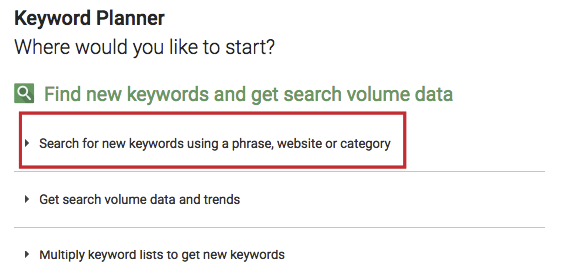
In this example, I used the keyword “home builder in qld”.
This shows some of the results that Google has suggested might be helpful.
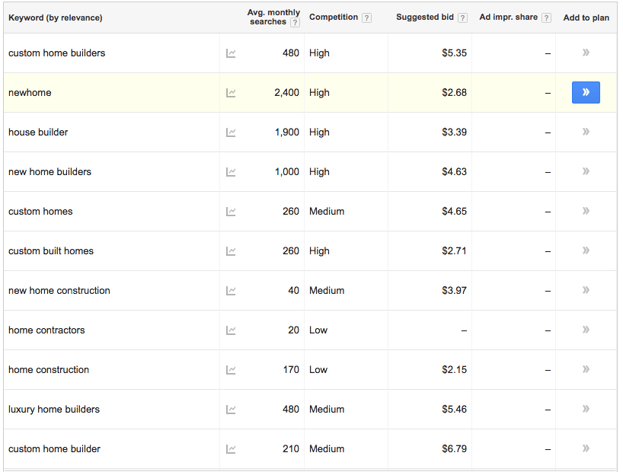
Spend some time browsing through the results and choose some relevant keywords to weave into your homepage.
Ideally, you’ll include a few long-tail keywords as well. For instance, a home builder might target “house plan ideas” and “homes for narrow blocks.”
A cautionary note…
It’s important that you don’t fall into the trap of ‘keyword stuffing’ when writing your home page content. Or any website content for that matter.
Your content must use natural language.
But that doesn’t mean you can’t find opportunities to insert your keywords. For example, a home builder or developer’s website could swap out the term ‘new communities’ for a more powerful term that shows up in more search results, like ‘new home development communities in Sydney,’ and so on.
That isn’t keyword stuffing. It is just being smart with your message.
4. Consider your headlines carefully
Headers, headlines, or H1’s play an important role in SEO. They improve the user experience, and they are a signal to Google about the theme of your site and what you do.
But what sized headers should you use?
We recommend that you use only one main H1 tag toward the top of the page. This should be highly relevant to your brand and general theme.
You will see an example here, at www.mdl.com.au:
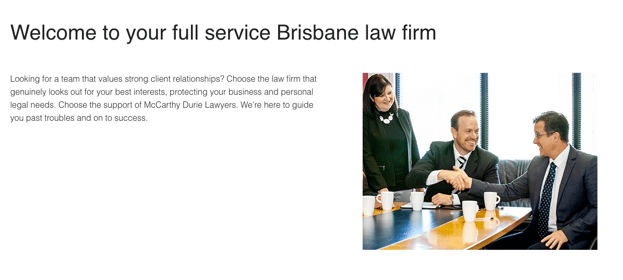
That single heading (Welcome to your full service Brisbane law firm) tells Google and McCarthy Durie’s potential clients what they are about. It is the overarching theme of the site.
As you work down your home page, you can use H2s, H3s and even H4s, so long as it creates an effective hierarchy and logical flow.
Oh look - here's an H3 coming up next:
5. Use relevant visuals
We all know that the vast majority of humans respond better to content that’s visual-centric rather than completely textual.
But that doesn’t mean you should just splash images all over the place for no good reason. “Let’s just load ‘er up with a few of them stock images of people doing stuff, that’ll fill up the space”.
Blaaaaghhhh!
That’s just meaningless wallpaper.
It doesn’t add any value to your website.
Don’t do it.
The preferred option is to use genuine images of your team. Or of your products/services. It makes everything more authentic, and helps to build trust and credibility.
And here’s another thing…
We recommend that you look at the use of images AND text working together as elements on the page as this accomplishes two important things:
- It provides visitors with some nice eye candy to increase engagement, while
- Simultaneously providing details about your company/product
You can see an example of this here:
If you want to take the use of visuals one step further, you could even consider using a video.
A short, punchy ‘explainer’ video can be particularly effective. It will hold peoples’ attention, and give you an opportunity to tell your value story in a way that is likely to be understood and remembered.
6. Offer social proof
Social proof/credibility signals are an essential component of a homepage.
There are many ways you can do this:
- Reviews from satisfied customers,
- Testimonials — or snippets of testimonials with a ‘read more’ link.
- Icons from clients you’ve worked with
Social proof is important. It is going to have a positive impact.
7. A word about links and your meta description
Another thing to consider with an SEO-friendly home page is internal links.
Internal linking is an integral part of SEO, so yes, it’s good to include a handful of relevant links if it makes sense for your homepage.
Done well, it isn’t spammy — and isn’t simply there to generate some more “SEO juice.” It doesn’t detract from the user experience. In fact, it ADDS to the user experience.
Your internal links will typically be located toward the bottom in the footer, and will serve as streamlined navigation for your visitors.
A well-designed footer menu serves a genuine purpose — to help visitors fully explore your various offerings and learn more about what you do. And that gets you another nod, wink and smile from Google.
And let’s not forget one simple but incredibly vital detail — the meta description of your homepage.
You want to include your company name at least once along with a concise yet thorough explanation of your company and what you offer.
You’ll also want to include a few words that capture the essence of what your customers can achieve by purchasing from you.
Remember, your meta description isn’t actually for the search engine’s benefit. It’s there to help potential visitors better understand the theme of your site and give them a quick glimpse of what they can expect from you.
8. Your ‘Bottom Of Funnel’ CTA
The CTA – your Call To Action – is a simple element of your homepage. Yet it’s something that you’ll want to put a lot of effort into.
Just to be clear, once your digital strategy is in shape, there will be MANY CTA’s on your site, each aimed at people at different stages of the Buyer’s Journey.
But on your home page, you want a clear CTA for those who are at the “bottom of the funnel” and are ready to take a serious step towards doing business with you.
So what are some characteristics of a great CTA?
- It needs to be conspicuous
- It needs to be clear
- It needs to be direct
- It needs to show the specific action you want your visitors to take.
If possible (and if it makes sense), try to incorporate words into your CTA that tie into the theme of your overall website.
Don’t just say “Get a consult” when you can say “Get help with your xxxxx”.
Talk to us about making your home page more SEO-friendly
Like ANY page on a website, there’s always going to be room for improvement. So no, your SEO-friendly home page will never be perfect.
But if you keep those three main goals in mind, and test/measure your results, you’ll be well in front.
To recap those three main goals for you again:
- Explain to human visitors and to Google and what your company/product does — this is the overall theme of the site.
- Make it easy to navigate into the site. Helping visitors find what they need is a critical aspect of SEO.
- Answer key questions visitors will have, and reassure them about the quality and integrity of your product/service – do this through rich content and social proof.
If you keep those in mind, you’ll be fine.
If you want help with improving your search visibility and with getting more conversions from your website, please call us on 07 3891 3800.
Our digital marketing team and a nice bunch of people who are passionate about their craft. We work with clients throughout Australia, and we’d love to see what we can do for you too.









